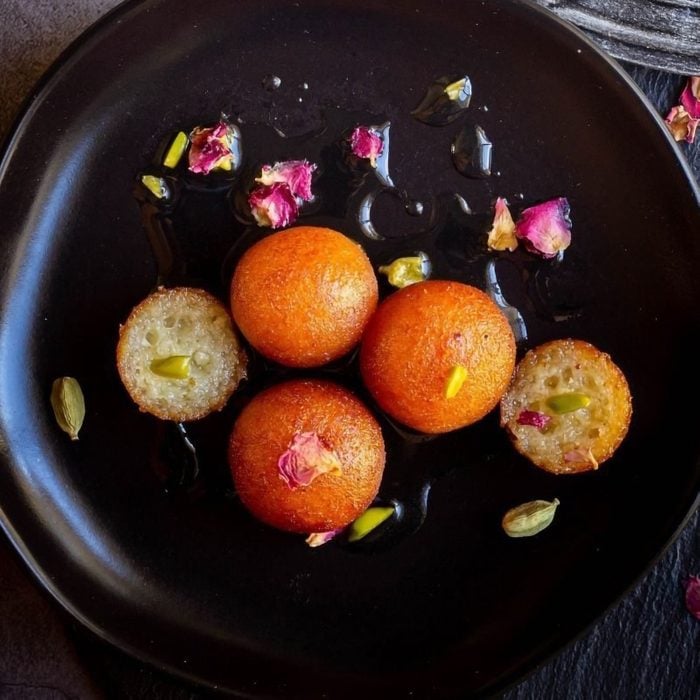Every Diwali, South Asians light up their homes and dress up for the biggest Hindu festival of the year. While the stories behind the celebration differ across India (and its neighboring countries), they all have one thing in common—delicious, decadent Diwali sweets!
The Most Popular Diwali Sweets
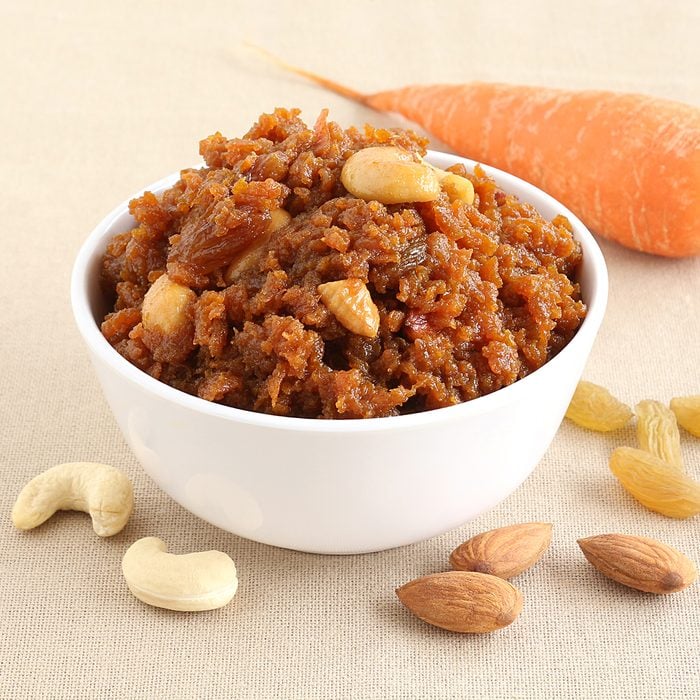
Halwa
Starting off with a beloved classic, halwa (not to be confused with the Middle Eastern halva) is a blanket term used across India for several puddings. Of these, gajar ka halwa (carrot pudding) and sooji ka halwa or sheera (semolina pudding) are the most popular for their flavorful, chewy textures. It is most often eaten in the north and west, and usually involves a mix of ghee, water, sugar, spices and sometimes milk.
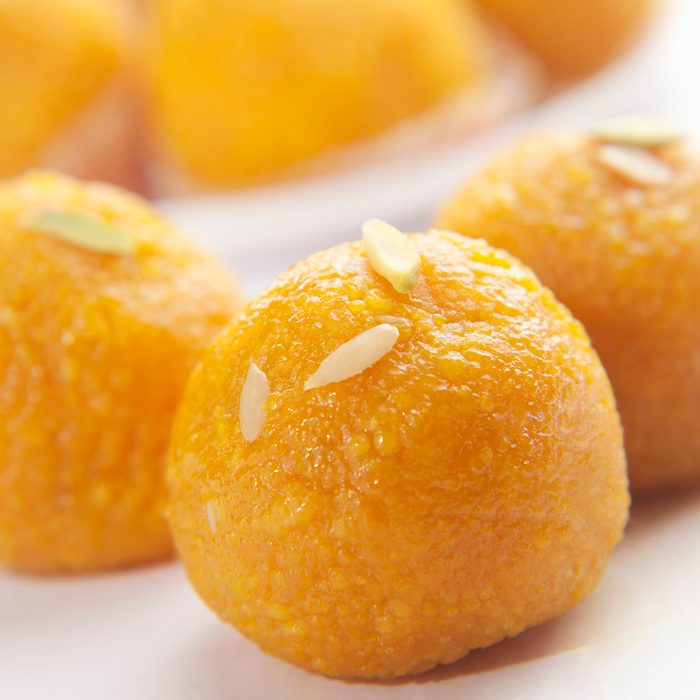
Laddoo
Laddoo is another blanket term used for several sphere-shaped sweets, with variations across the country. Boondi laddoo, which originated in north India, is now one of the most popular, and is made from tiny, deep-fried balls of gram flour that are rolled together with seeds, nuts and spices, then soaked in a sweet syrup. Besan laddoo is a similarly popular sweet, made by toasting gram flour in ghee (clarified butter) until it gives off a delicate nutty aroma. It’s then mixed with pistachios, ghee and sugar to make delicious sweet spheres.
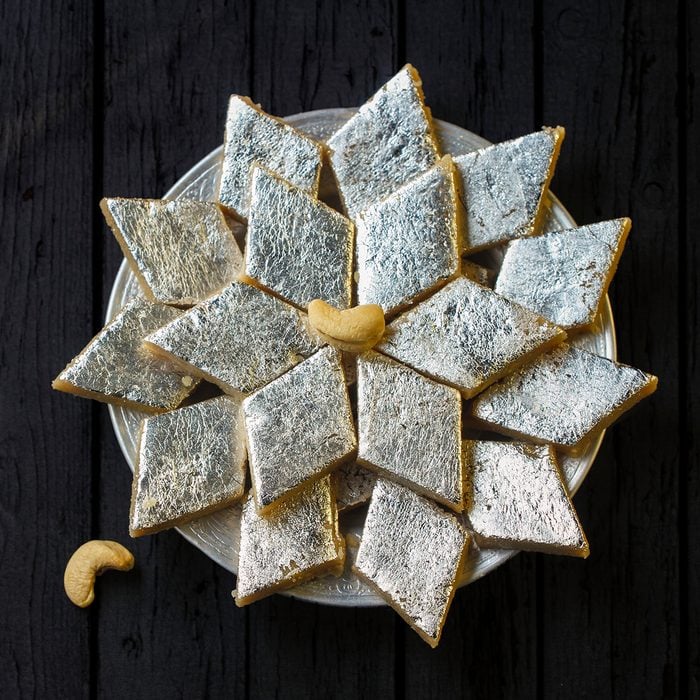
Barfi
Barfi, again, is a word used for several variations of similar sweets. It is often used for flatter, milk-based sweets which are mixed with nuts like cashews, pistachios and peanuts, and spices like cardamom and rosewater. Fruits like mango are also added to create more flavor, and these are usually cut into squares, diamonds or circles. Of these, you are most likely to see pista barfi (pistachio sweet) and kaju katli (cashew slice) in Indian sweet shops, with a thin layer of silver leaf (vark) on top for festive occasions.

Peda
Soft, pale pedas are a mainstay of Indian mithai (sweet) shops. These delicate, melt-in-your-mouth sweets originated in Uttar Pradesh, a state in north India, and are now widely seen all over the country. They are usually made with khoya, sugar, nuts and flavorings like cardamom. Kesari peda, made with saffron, is a popular variety in the north, while the darker, sugar-covered Dharwad peda is a delicacy unique to the south Indian state of Karnataka.
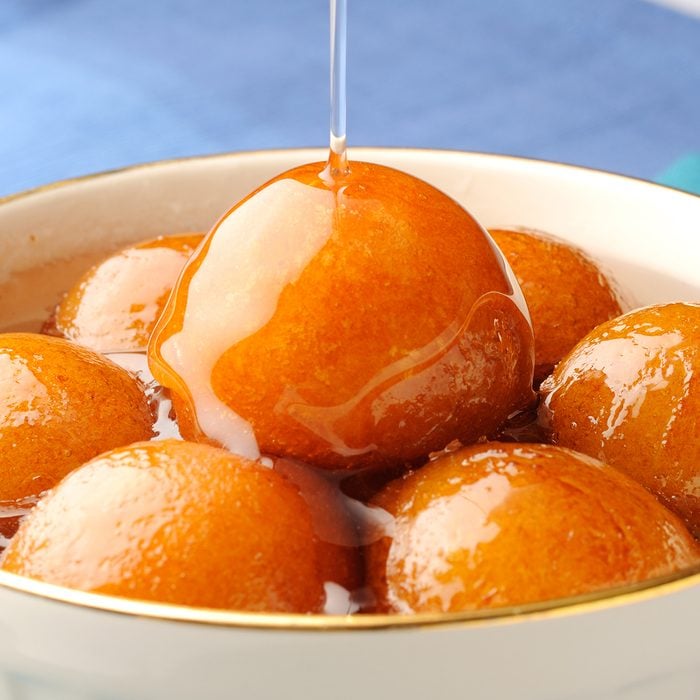
Gulab Jamun
Possibly one of the best-known delicacies in the subcontinent, gulab jamun gets its name from gulab (rose) for its flavored syrup, and jamun, a small plum-like fruit that closely resembles the sweet. Originating from the north but popular across the country, it is made from khoya or mawa (milk solids heated and thickened until they reach a soft dough-like consistency). The khoya is mixed with flour and kneaded into small spheres which are then slowly deep-fried in ghee or oil. The spheres are then soaked in a light sugar syrup flavored with cardamom, rose or more often, saffron, which turns the syrup a deep gold color that tastes as good as it looks.
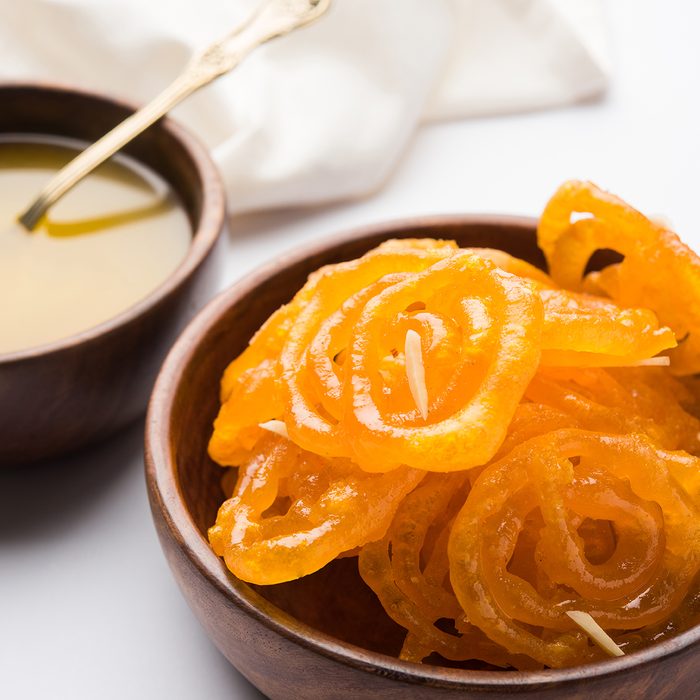
Jalebi
One of the simplest and best-known sweets in the subcontinent, jalebi is made with a batter of maida (all-purpose flour) and saffron, which is shaped into spirals and fried, then soaked in sugar syrup. With a crunchy exterior and a soft interior that bursts with sweetness, this simple golden sweet is a staple on Diwali and many other festivals. In North India, it is often served with rabri, a condensed milk-based dessert.
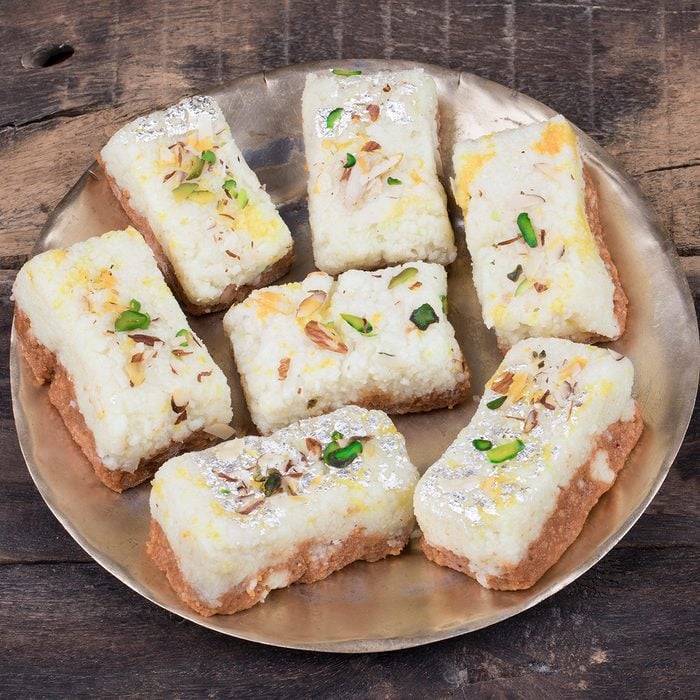
Kalakhand
Kalkhand is a popular type of milk cake, said to have originated either in the northern state of Punjab or in the western state of Rajasthan. A creamy concoction that lies somewhere between a cake and a soft fudge, it is made by reducing cardamom flavored milk and sugar for hours until it solidifies into a crumbly, firm cake, which is then topped with crunchy pistachios.
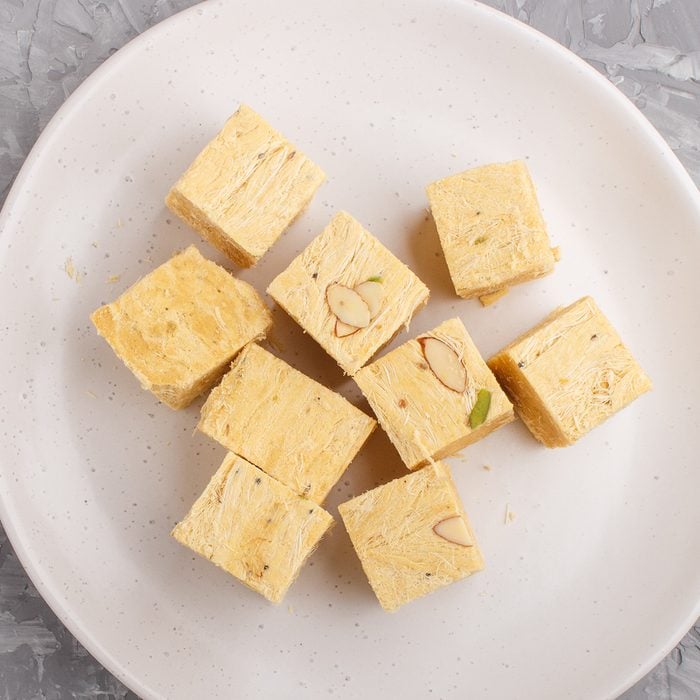
Soan Papdi
Soan papdi is a popular gifting option on Diwali in the north—and with good reason! This flaky, light dessert melts on the tongue and is easy to polish off (thank goodness everyone receives several boxes). Made with a mixture of gram flour, all-purpose flour, ghee, sugar, water, milk and cardamom, this delicate dessert is the perfect way to finish off a heavy Diwali meal.
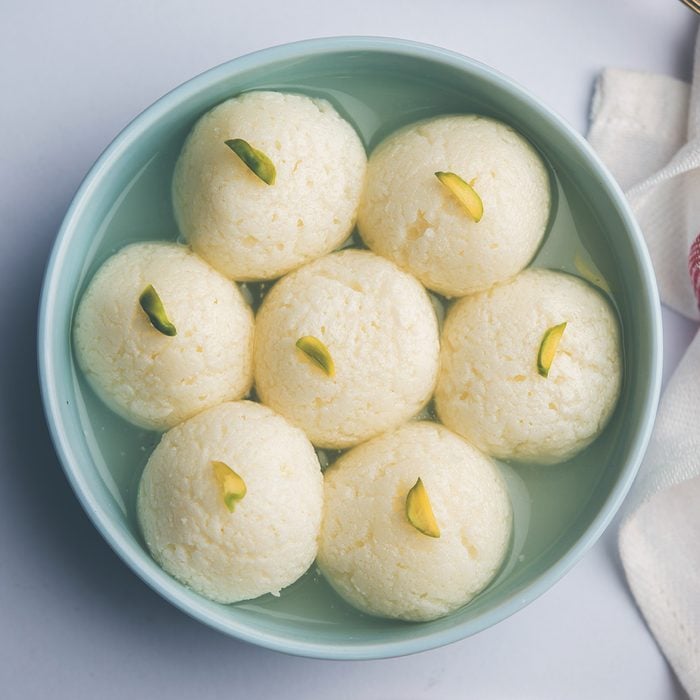
Roshogolla
In East India, sweets are often called mishti, and of these, the most popular is by far the roshogolla or rasgulla. Made with chenna (cheese curds similar to cottage cheese) and semolina, the incredibly spongy, white spheres are then soaked in sugar syrup until it permeates the dough, giving you a burst of sweetness with each bite. They are said to have originated in Bengal, Odisha and what is now the neighboring country of Bangladesh.
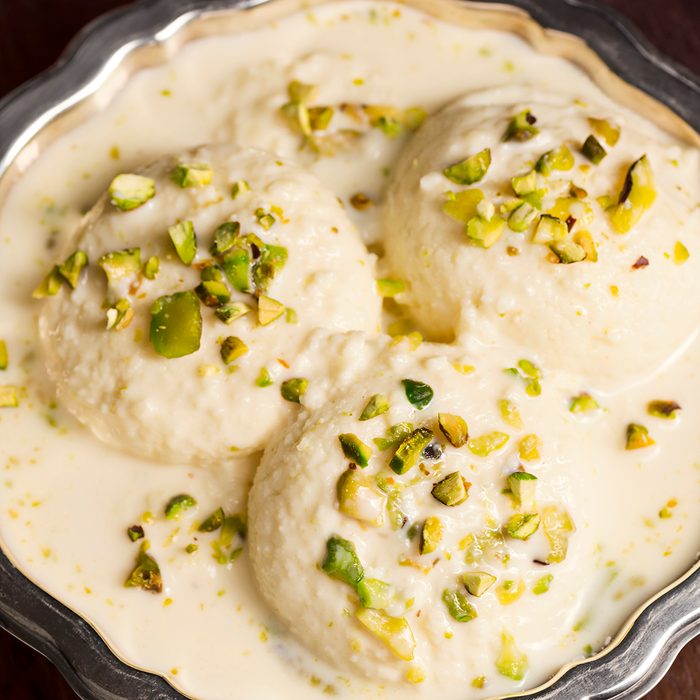
Rasmalai
Similar to the rasgulla, rasmalai is made from chenna flavored with cardamom, which is soaked in malai (clotted cream) and turned into flatter balls of dough. These are then cooked in a mixture of hot water and rose water, then cooked again in milk until it reduces to form a rich reduction, and finally topped with saffron and pistachios. The end result is a wonderfully soft dumpling that releases rich, flavored milk when you dig into it. Rasmalai is native to West Bengal and Odisha, but also popular in the neighboring country of Pakistan.
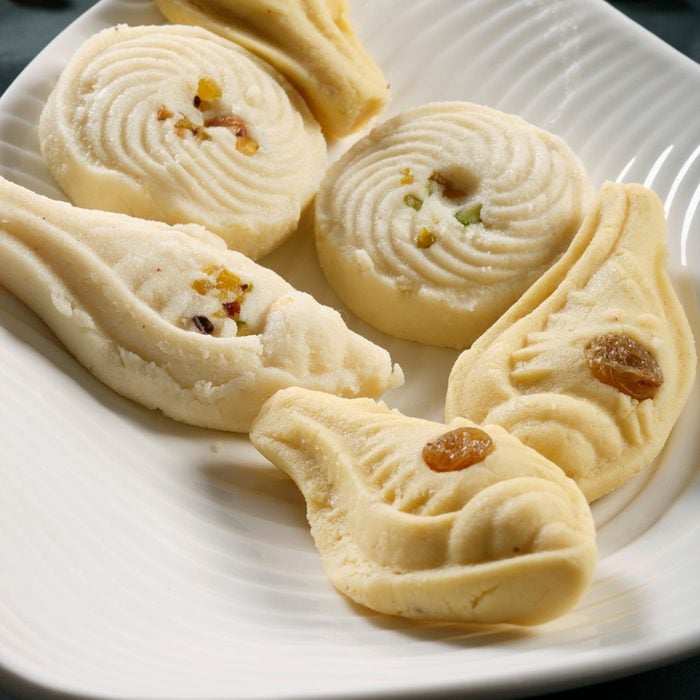
Sandesh
Sandesh has several variations, most of which use chenna. Popular in Bengal and Odisha, the simplest version, called makha sandesh, consists of chenna lightly tossed with sugar over low heat. For Diwali, more elaborate preparations are common. The chenna is dried and pressed, flavored with fruits, colored and then molded into elaborate shapes like elephants, conch shells and fish, making a dessert that is both beautiful and delicious.
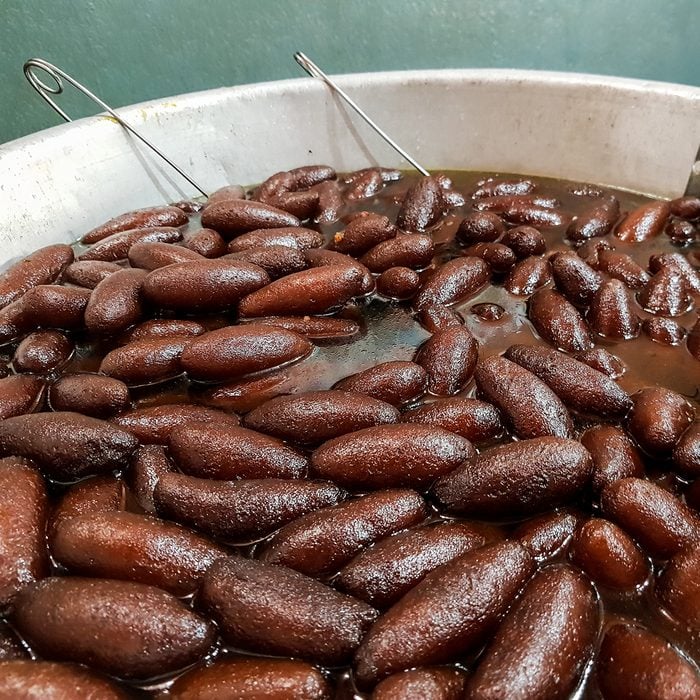
Lyangcha
This deceptively simple sweet is a treat popular in the eastern states of Bengal, Odisha, Jharkhand, Assam and Tripura. Its origins are usually traced back to the West Bengal town of Burdwan. Made from khoya and flour, they are shaped into cylinders and deep-fried until brown, then boiled in sugar syrup and flavored with rose water or cardamom.
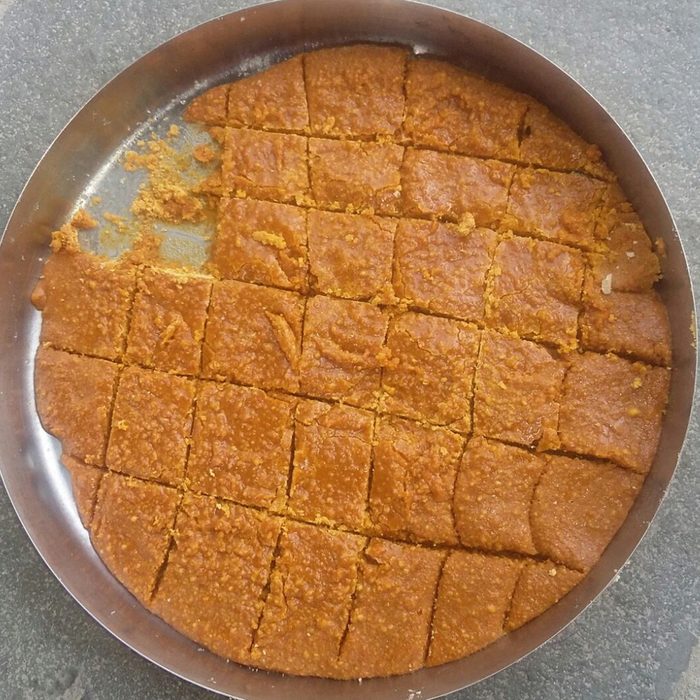
Mohanthal
This decadent brown sweet is popular in the western states of Gujarat and Rajasthan. Made from sweetened gram flour and ghee and studded with nuts, it is cooked slowly until it thickens into a dense fudge, then flavored with saffron and cardamom. If you really subscribe to the philosophy of ‘made-from-scratch,’ you can even make your own ghee.
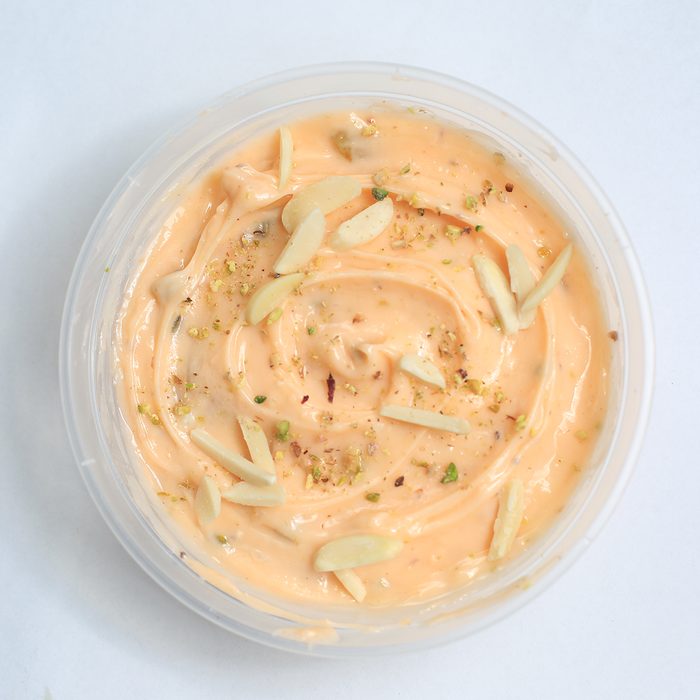
Shrikhand
This ridiculously simple dish is usually made from very few ingredients, and yes, once again, cardamom features on the list. Made with hung curd (drained yogurt), sugar, cardamom and milk, it is usually topped with dried fruit and nuts. It is incredibly popular in the western states of Maharashtra and Gujarat for its silky, creamy texture and delicate flavor.
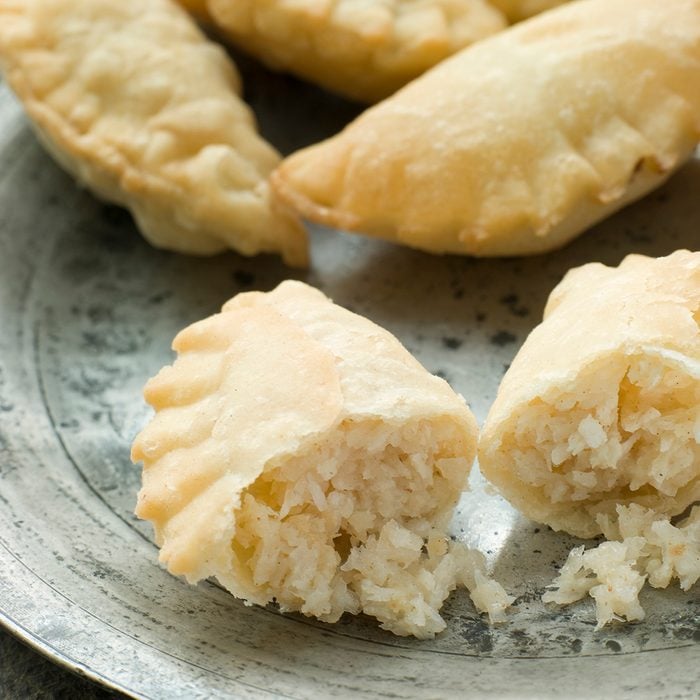
Karanji
Karanji (also known as gujiya) is a sweet, deep-fried dumpling popular in the western state of Maharashtra. Similar to a sweet empanada, it is made with semolina or all-purpose flour stuffed with khoya and dried fruits, and then deep-fried in ghee for crisp perfection.
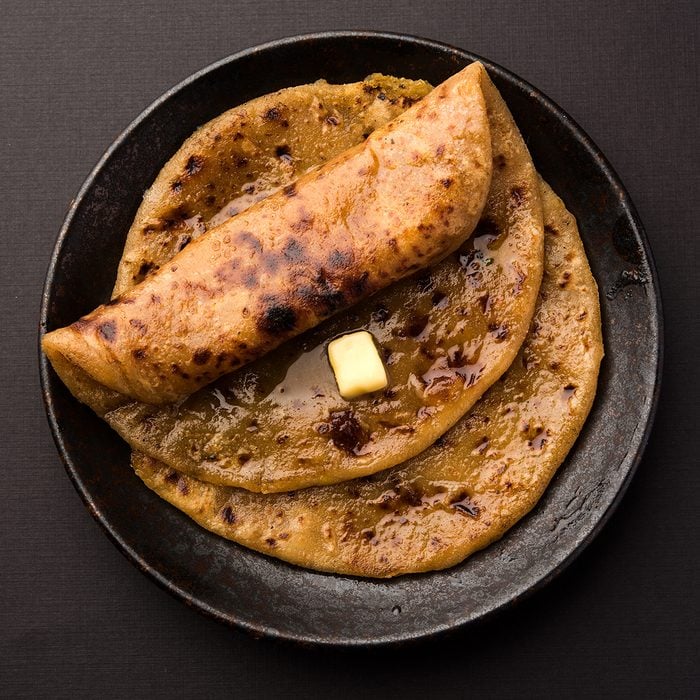
Puran Poli
This sweet flatbread has variants across several parts of India, though it is said to have originated in the southern state of Andhra Pradesh as oliga. Named puran poli in the western state of Maharashtra, it is made from wheat flour, ghee and water, and stuffed with lentils, jaggery or sugar. Cooked on the griddle until golden brown, it comes apart with a satisfying gooey deliciousness.
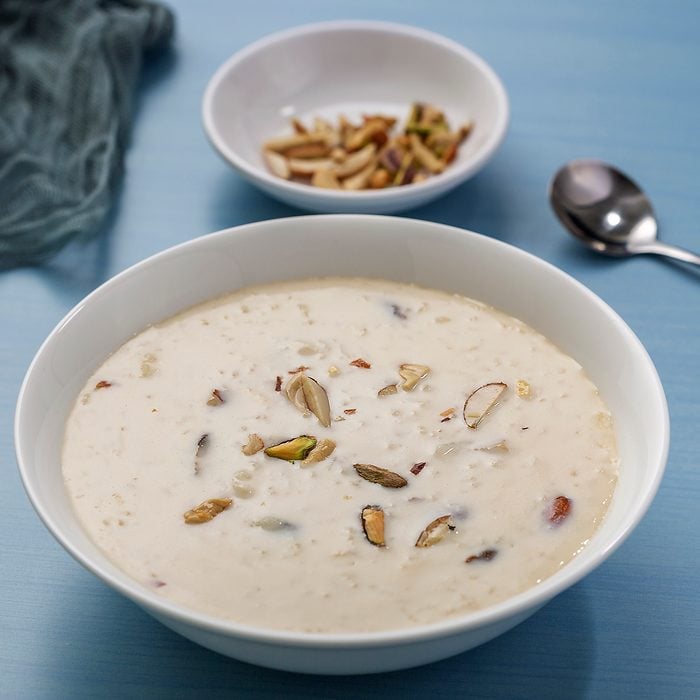
Payasam
Rice pudding is an incredibly popular dessert across India, known as kheer in the north and payasam in the south. The word payasam is said to be derived from a word meaning ambrosia—and this dessert isn’t too far off the mark! Usually made by boiling rice, sugar and milk together, some variants also use tapioca, bulgar wheat or other grains. This mixture is then flavored with desiccated coconut, cardamom, cashews and other dried fruits and nuts.
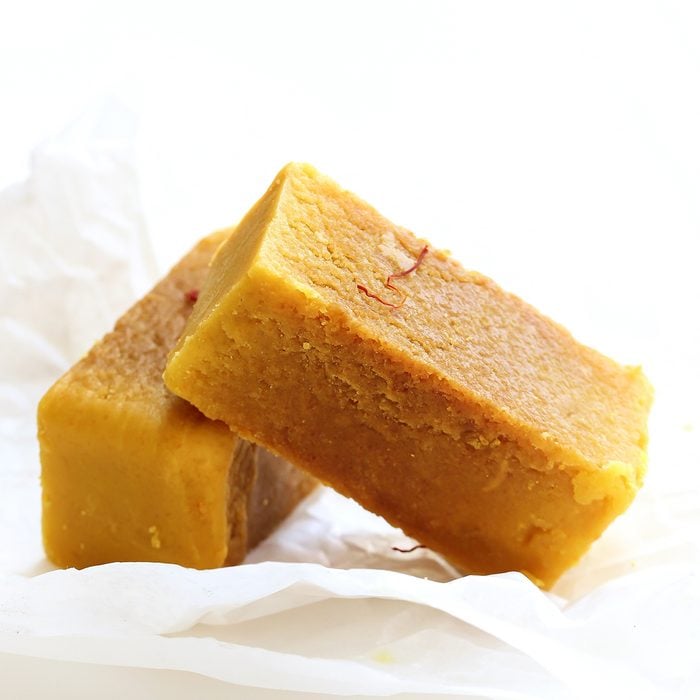
Mysore Pak
Mysore pak is somewhat rare in the fact that it has its city of origin in its name. Originally made for the king of Mysuru in the southern state of Karnataka, this buttery, cookie-like sweet is made with a mixture of ghee, sugar, gram flour and cardamom that melts in the mouth on the first bite.
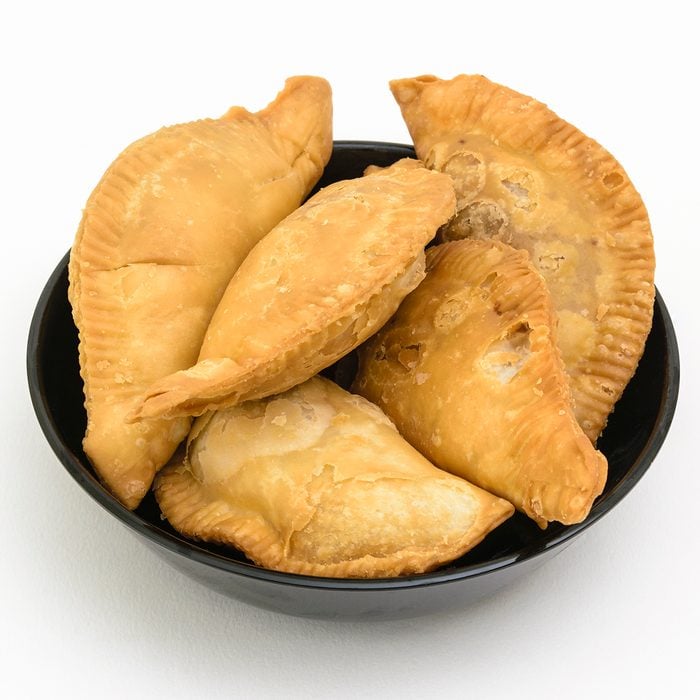
Nevri
Another empanada-like dumpling, nevri originated in Goa, a small coastal state in the south famed for its beaches. Made with refined flour and filled with grated coconut, sugar, poppy seeds, cardamom and almonds, this delicacy is deep-fried to golden-brown perfection and served on Diwali and other special occasions.
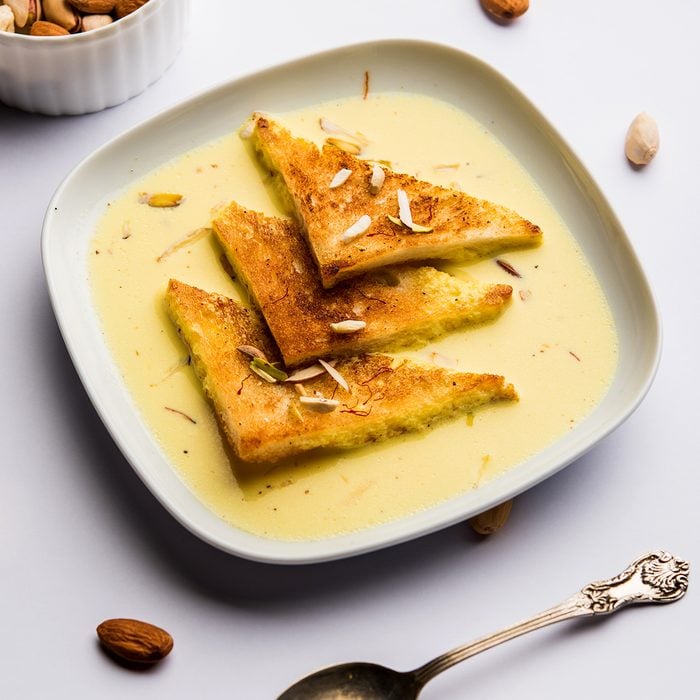
Shahi Tukda
Originating in the city of Hyderabad in the southern state of Telengana and credited to the monarchs of the area, shahi tukda is truly a dessert fit for kings (after all, the word shahi literally means “royal” in Persian). Fried, sugar syrup-coated bread is soaked with sweet rabri and topped with dried fruits to make a creamy, crunchy delight.

